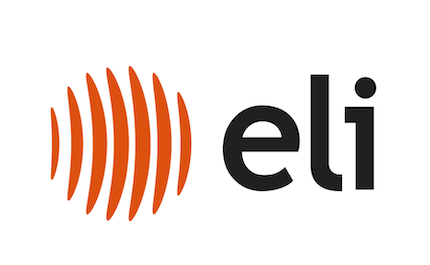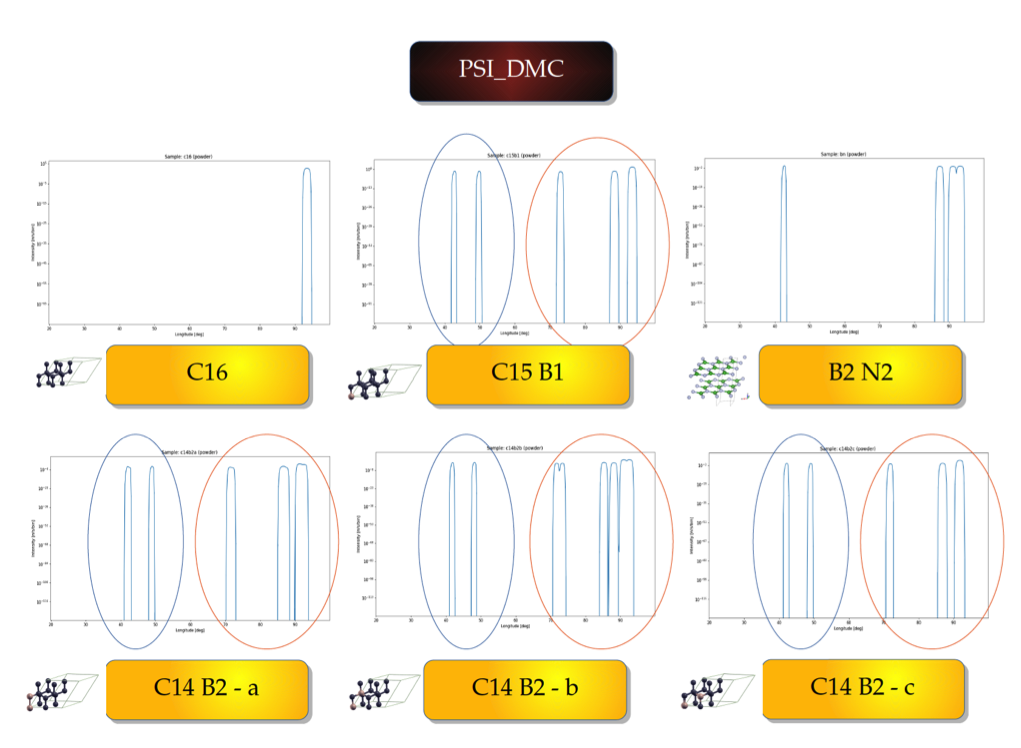Use Case 18 – In-silico Neutron diffraction from Boro-carbon systems: precise and reliable tool for exact structural analysis and defect detection

Inelastic neutron scattering experiments and ab-initio calculations have been used to investigate the location-dependent response of defects in diamond, and doped diamond structures. Utilising the exact structural properties and nuclear positions based on the ab-initio calculations, their neutron scattering signals were analysed, and the origin of the diffraction peaks was identified, correlating them to individual system geometries. Their overall electronic properties were further analised, and certain device applications were discussed.
The overall goal is to correlate the appropriate ‘micro atomistic scenario’ among a manifold of possibilities to reproduce the observed ‘experimental macro features’.

Main Contributors
Mousumi Upadhyay Kahaly and Gergely Nagy (ELI-ALPS, Hungary)
Conceiving the idea, then simulations and data analysis are performed by them, along with help from Mads Bertelsen on McStas calculations. Other WP5 team members and leaders, Juncheng E, Carsten Fortmann-Grote and others will be actively involved in shaping up the manuscript on this work.
Use Case Action Flow
- Choice of suitable easy-to-handle, yet effective materials.
- Using ab-initio tools to relax the geometry, obtain their structural, elastic and electronic properties.
- The relaxed geometries are used in McStas, the neutron scattering simulation code for beamlines, to understand different peaks in the signal, depending on the sample, and beamline description.
- Correlate ‘micro atomistic scenario’ among a manifold of possibilities to reproduce the observed ‘experimental macro features’.
Description of needs
Support from PaNOSC team on suitable tools to be used and contribution for data analysis.
Impacts from the implementation
The overall goal is to correlate the appropriate ‘micro atomistic scenario’ among a manifold of possibilities to reproduce the observed ‘experimental macro features’.
While the system-dependent results will have direct applications in materials science and engineering, a similar ”analysis protocol’’ would be highly useful for other users in general.
Generalisation of the use case
Jupyter Notebook and Python API were used for different steps of this project. Starting from usage of the available database to produce unique structures, to finally obtain their elastic and electronic properties with ASE platform-based simulation tools, and finally correlating expected outcome from suitable experiments (with certain beamline descriptions, as implemented with McStas in the present case).
Suitable integration of different PaNOSC-based simulation components was efficiently done.
Thus, this use case suggests how similar integrated ”analysis protocol’’ can be effectively used for other PaNOSC or ExPaNDS partners and the scientific community in general.
Contact person
Mousumi Upadhyay Kahaly (ELI-ALPS)